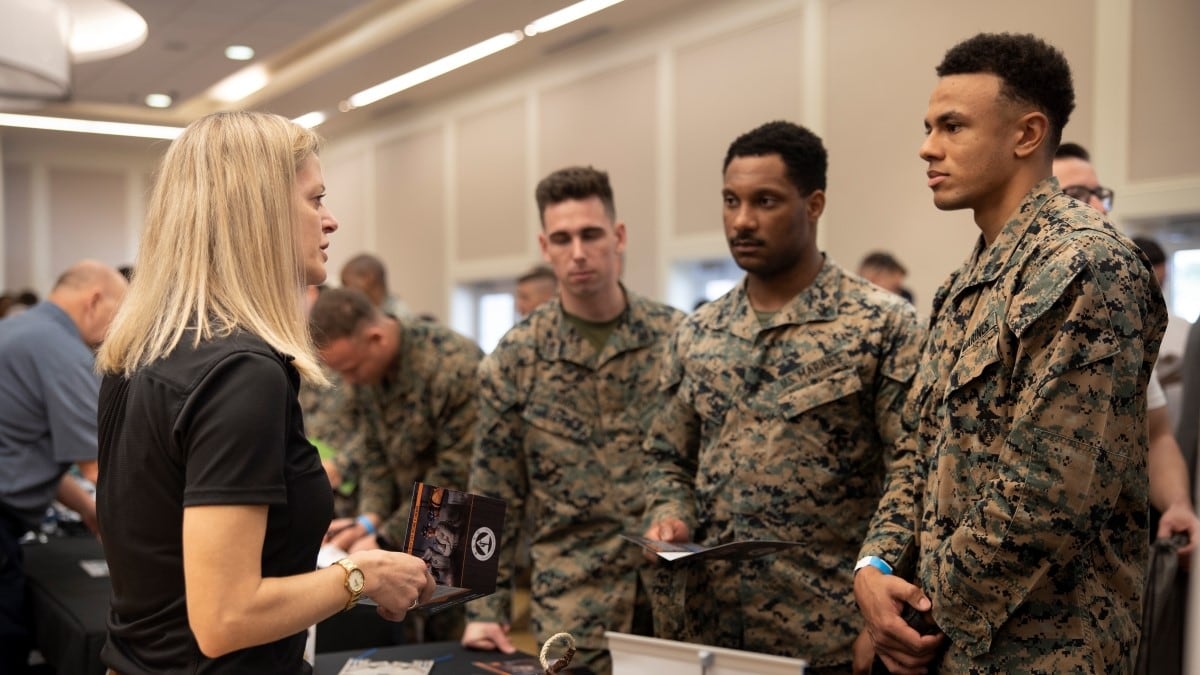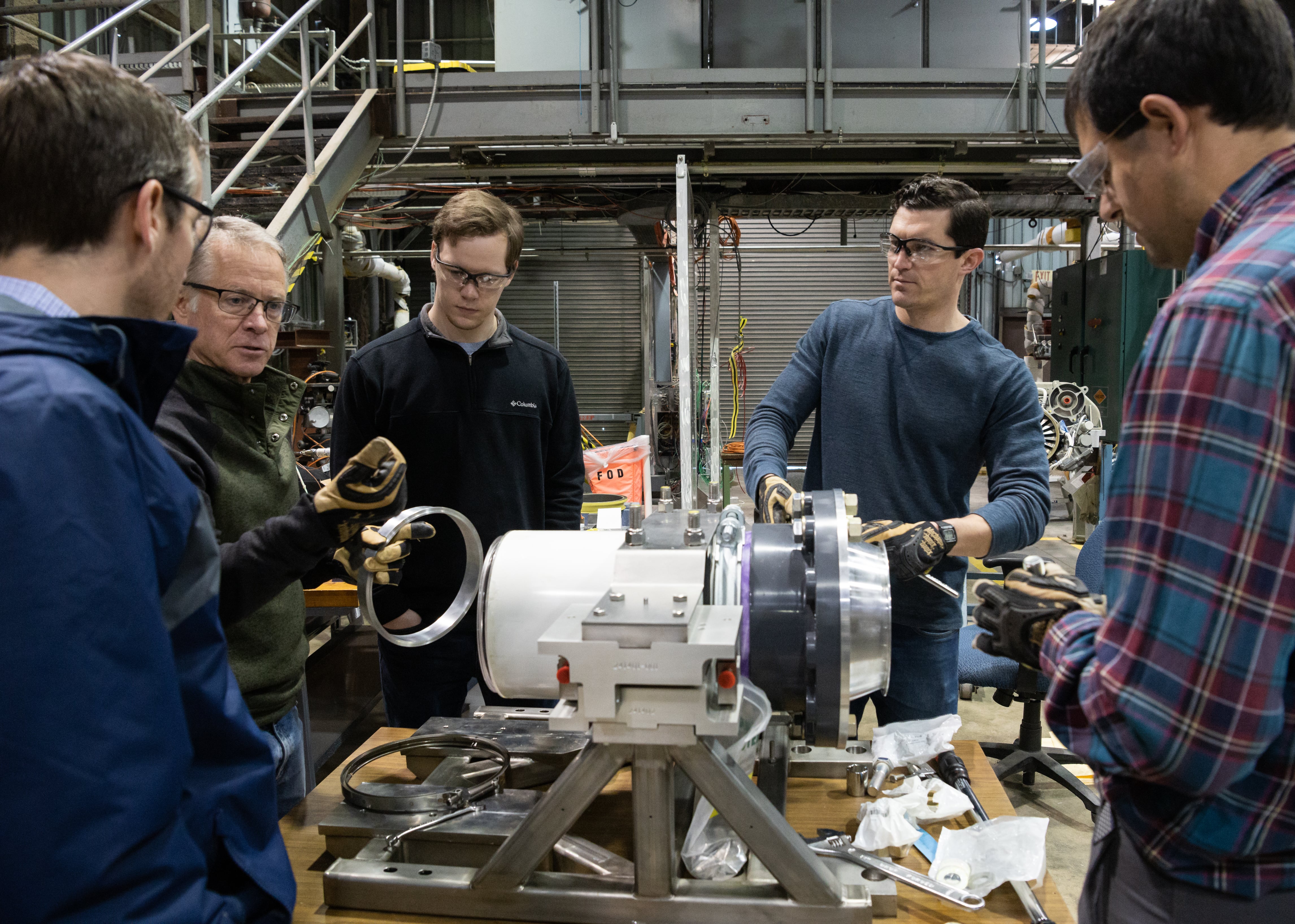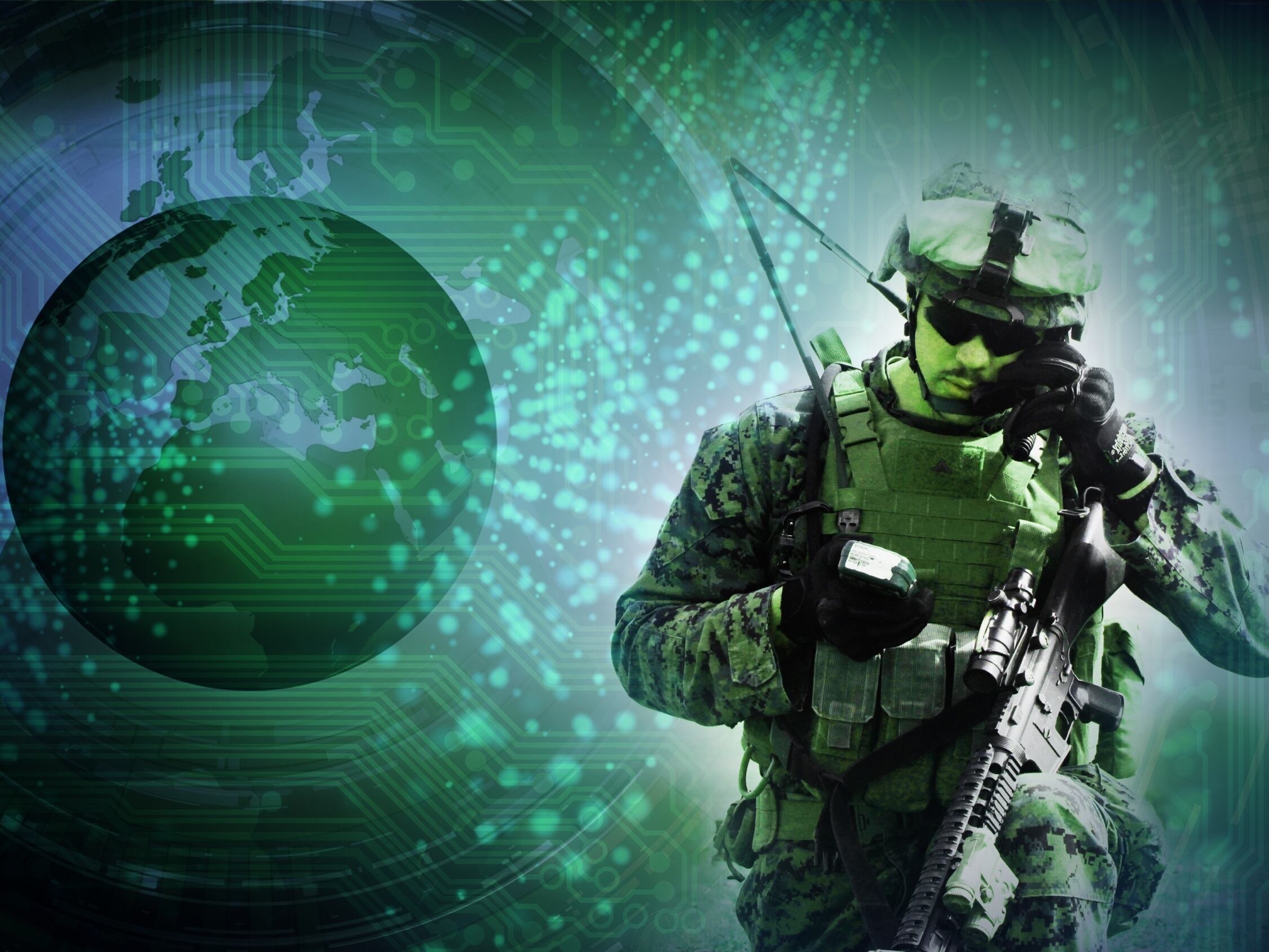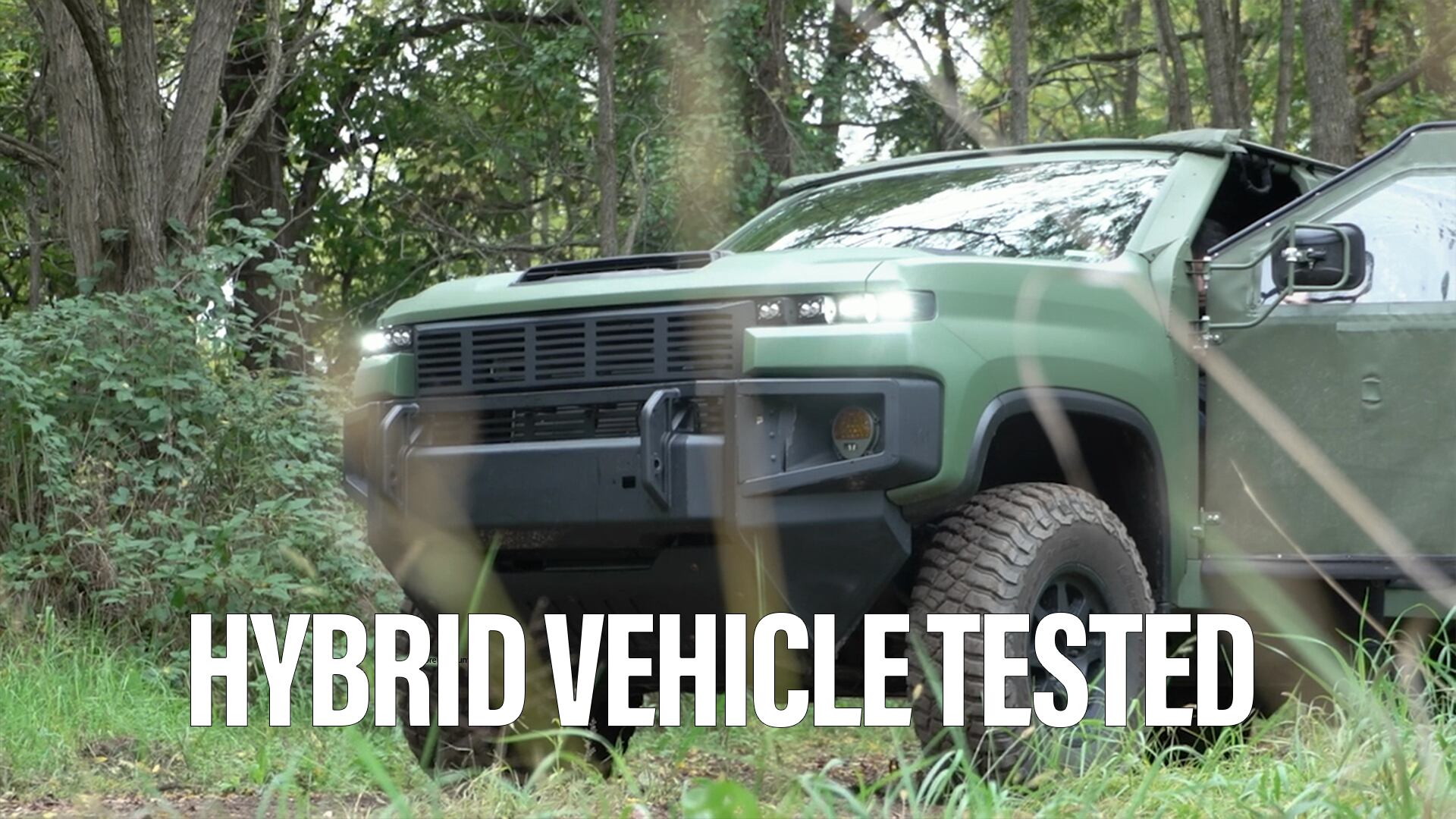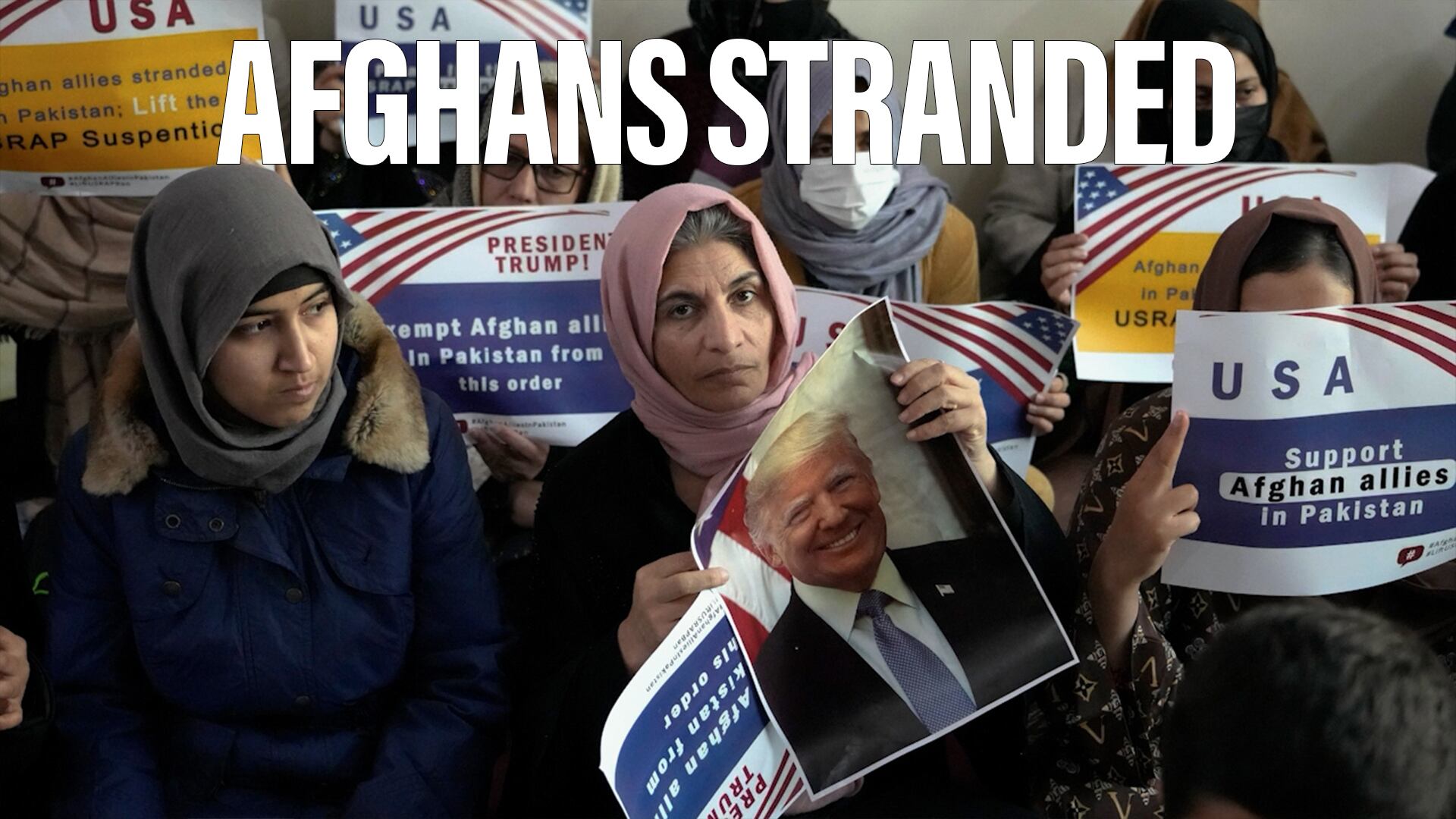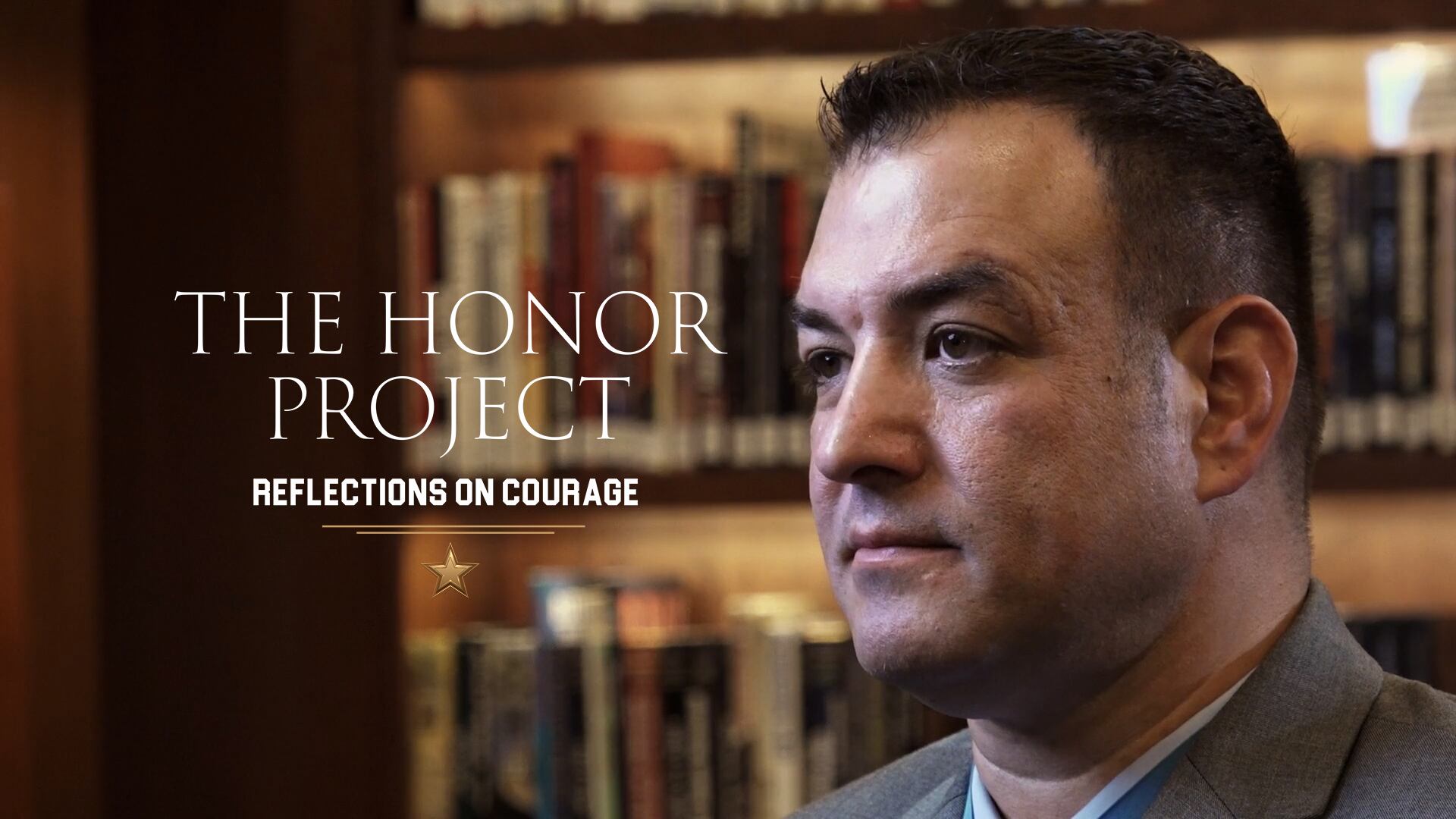The Army has already started leaning on biometric data for base access control and to share fingerprint and facial recognition data with coalition partners.
Now, a team at the U.S. Army Communications-Electronics Research, Development and Engineering Center (CERDEC) wants to take that data one step further: to the battlefield.
CERDEC is expanding its range of biometric measures and devising new ways to share that information more effectively with soldiers.
“We want to empower the soldier to make decisions,” said Keith Riser, the biometrics enabled intelligence team lead.
Identity management is a hot topic in industry, specifically with biometric solutions emerging for physical and cyber access. CERDEC hosted a Big Ideas Day in August with partners from academia and industry, and has since been working to implement a range of strategies around the issue.
C4ISRNet recently assembled a roundtable of experts from within CERDEC’s Intelligence and Information Warfare Directorate and asked about the state of Army biometrics.
C4ISRnet: Biometrics has gone beyond the fingerprint. What does your work encompass?
Michael Semenoro, electronics engineer: When we seek identity technology, it can be how someone looks, their hair color, their gait, their face. It could be their voice, how they speak, their tone. Or it can be how they behave, how they interact on a network or in social media.
C4ISRnet: Big picture, how will that information help the soldier in the field?
Semenoro: What we want is to give the soldier the ability to make a determination very quickly. We want to automate the process and we want it to come with a high confidence level. So, we are looking to fuse biometric information, physical characteristics and behavioral characteristics in order to identify without making a mistake or misidentifying people.
C4ISRnet: What’s the major sticking point?
Courtney Coulter, site exploitation team lead: Most of our users are disconnected or have disadvantaged comms, while most of the tools that we currently use require some network accessibility. So we are looking at a lot of tools and ideas could address those kinds of constraints. This is significant, because often you can’t afford to wait several hours to find out who this person is. You want to identify that person beforehand and you want to do it in a short time frame.
C4ISRnet: What’s the fix for that?
Coulter: When you get to comms-disadvantaged scenarios, you want to be able to process that data at the edge. The approach is to understand how much the user actually needs to know that far forward. They don’t need to know everything, but they need a tip or a cue to say whether this person is a bad guy. So, we want to use the predictive nature of these technologies to get them just what they need to know.
C4ISRnet: How will video analytics help with that?
Riser: Right now, there is lot of video being produced, not just from our own sensors but also publicly available sources, and we want to see how much information we can get out of that.
There are two parts to that. Detection, is there a face in the scene? And then matching that against the data base. Both of those can be challenging. It is graphics-processing intensive. So we are looking at ways to put that in smaller computers, to do rapid detection on many sensors with live videos and then possibly convert that into localized watch lists to help soldiers in disadvantaged areas identify people.
C4ISRnet: How do machine learning and artificial intelligence factor in?
Riser: As you train on the data, computers can become more capable of pulling faces out of a crowd, for example, or being able to identify specific individuals because of their behaviors rather than just because they are on a watch list. Those are the things AI brings to the table. AI can also regionalize the situational awareness. Maybe [soldiers] don’t need to know the entire world: They just need that area that they are in. AI can help to decipher that, which in turn enables sending that data at high speeds, even when communications are limited.
C4ISRnet: Biometric intel has been stove-piped in the past. Can and should its use be broadened?
Coulter: Absolutely. Identity management used to be used just for force protection. Now this data is being combined with more data types to provide better intelligence. Now we can use it for larger things. For example, if we combine it with documents for forensics, maybe you know who the bomb maker is, who is his network of people, what other information is associated with him. You remove the anonymity of your enemy. That’s one goal of all this.

